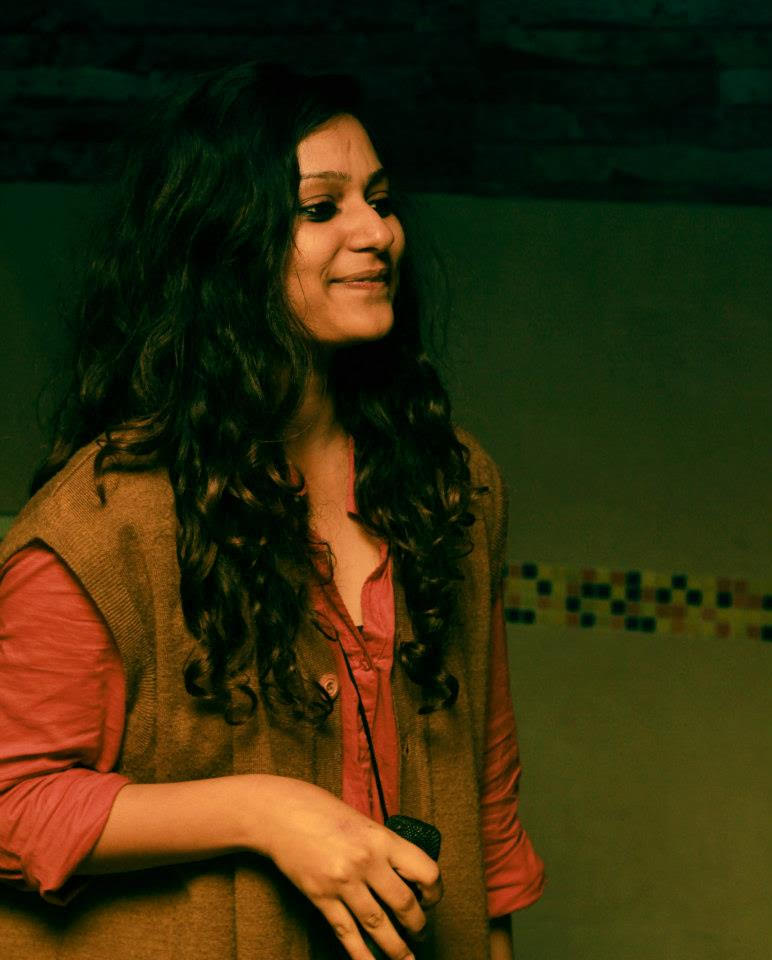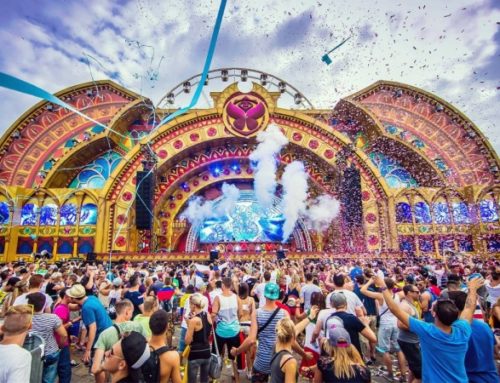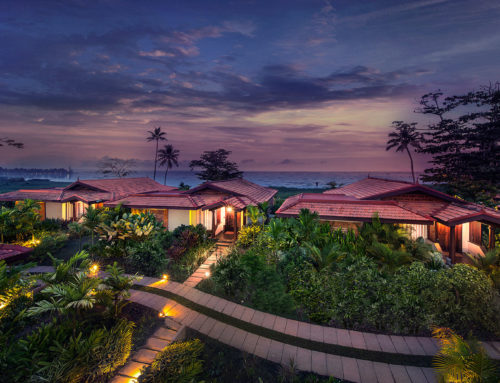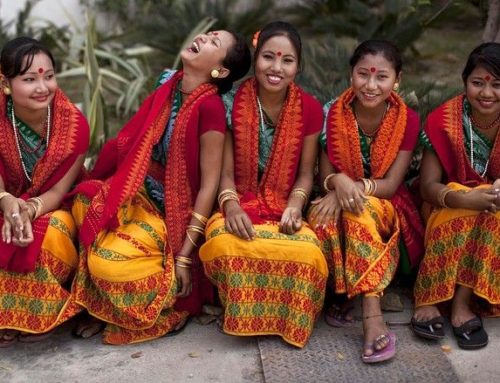Martha Graham once said, “Dance is the hidden language of the soul.”
And, when it comes to India, there is no other form of art that could timelessly interpret its life and culture other than its dance forms. In our previous Cultural tete-e-tete on dances of India, we had discussed about the handful of major dance forms that are well-known around the world; but there are a multitude of other existing dance forms that are lesser known and never surfaced to the kind of popularity as others.
With this blog, we want to shed light on such rare dance forms in India though we might not be able to simply define them for you. The kind of elegance with which the dancers perform, the music that accompanies, the expressions it carries, the culture that it represents – simply cannot be explained with ease. Travel with us so that we could better understand and describe the lesser known dance forms of India that could be as beautiful as the dance itself.
Let’s look at the few lesser known dance forms of India that definitely needs our attention. Come Observe, Explore & Engage:
1. Chhau
Chhau is a tribal martial arts dance from Orissa, Jharkhand and West Bengal. The dance form is usually performed during the time of spring festival of Chaitra Parva; mythological stories from Mahabharata and Ramayana inspires the dance form and performed in different styles that can be recognised by the use of different masks.
2. Gotipua
Gotipua originated in Raghurajpur in Odisha, which literally translates as ‘single boy’, meaning bachelor. This dance form dates back to the 16th Century and if you trace the history, you see that the traditional costumes and make-up of the dancers have undergone transformations. Young boys until they reach adolescent come dressed together like girls and offer praises to lord Krishna and Jagannath.
3. Ghode Modini
Ghode Modini finds its origins in Goa that celebrated the triumph of Ranes, the Maratha rulers of the Sattari taluka in Goa, over the Portuguese in Goa. It came to be known as the warrior dance since the Kshatriya dancers dress up in their popular perky attire with a wooden horse tied at their waist and bright headgears. During the performance, the dancers move in horse-like steps, to the sounds of dholaks. You can watch Ghode Mordini during the Shigmo festival in few northern taluks of Goa.
4. Gaur Maria
Gaur, meaning Bison, Maria is one of the lesser known dance forms of India that finds it roots in Madhya Pradesh. The dance started as an opportunity to incite the hunting spirit of the tribe – into the wild. The dance makes use of a horn or a bamboo trumpet. The women on the other hand, women do stick movements to the beating of the drum.
5. Phag Dance
The dance form is believed to have originated in Kashmir. Phag or Phalgun dance usually performed during the Spring time that starts from February to March by farmers and their families. Harvest seasons have given way to chance and a strong reason to just celebrate.
6. Saila Dance
Saila dance originated in Chhattisgarh traditionally been performed by boys after the harvest season is over. This dance form uses sticks as the performer moves in styles striking his stick against the other performers. The dance ends with the Snake Dance that is equally visually enchanting.
7. Dollu Kunitha
Dollu Kunitha is a drum-based dance form that originated in North Karnataka. The dance is performed for the deity of Beereshwara and the performers are more spiritually inclined towards their art.
8. Thidambu Nritham
Thidambu Nritham finds its origins in Northern Kerala which is a spiritual ritual dance that you mostly get to see in temples. The performers are called Namboothiris who dance by carrying the beautifully adorned deity on their head.
9. Yakshagana
Yakshagana is Karnataka’s dance form that blends acting and dialogue, making it more of a theatrical art form. The most intriguing part of this dance form is that it is spontaneous, performed by people that belong to an exotic tribe that hits from the Sanskrit literature therefore, it reflects the ability of the performer to balance dance with theatre art.
10. Choliya
Choliya, also known as the Sword Dance originated in Gujarat where Kumauni people are very well known for their martial traditions. One can only be a witness to this dance form on marriage processions. According to legends, the dance is performed so that it casts away evil spirits.

The interaction with Nature is the founding discourse of any traveller. Recently moving to the mountain village brought me nearer to ground, a look closer at the dance of eternity. I realised there are varied worlds steeped in beauty, innocence and imagination, not bound by false arcades of norms and pretence. Travel stories fascinate me. For me, it’s been about renegotiating newer territories; forever relocating; listening & writing stories.



